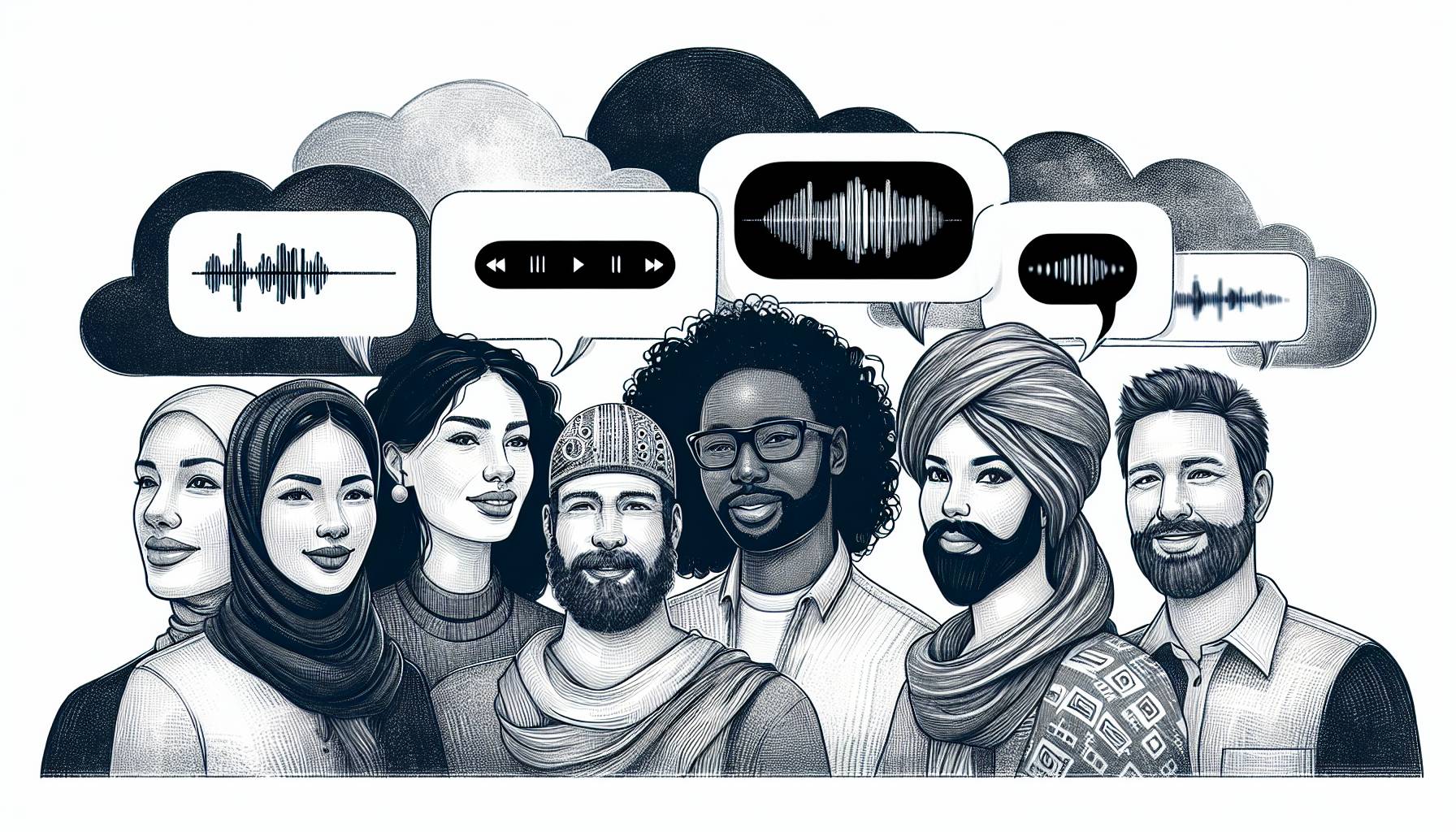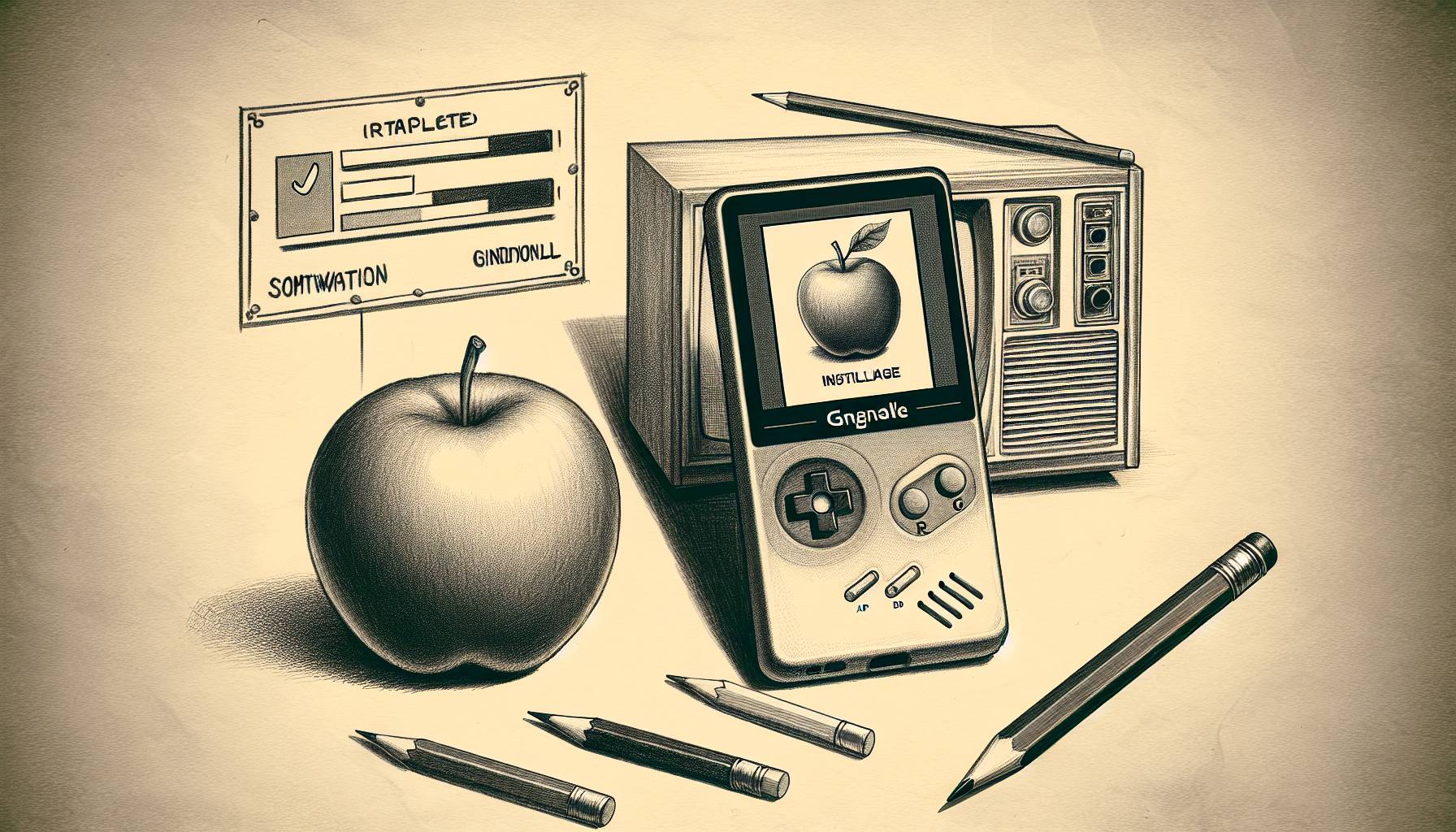In just a few days we more than likely get to view the new iPad in all its glory. However, for most traditional consumers this won’t give them the full picture. Improved hardware specifications and new hardware features should give developers a reason to rejoice, but what does it do for the end user? As a software architect I like to look at these new features and imagine the experiences that I could build for users. In addition, I’m not alone. Right now developers all over the world are taking expected pieces of functionality and planning for an entirely new breed of iPad applications.
I want to explore some of the most talked about features that are expected in the next iPad and discuss what you, the consumer, can expect from this new breed of applications.
Improved camera
The current camera on the iPad 2 was its most maligned feature, and for good reason. The resolution and quality are both significantly lower than anyone would have expected. Apple has shown with the iPhone 4S that they can do a great job with camera optics in a mobile device, and I fully expect that the iPad 3 will move great strides over the current iteration in this area.
The iPad is quickly becoming a standard in many industries. One industry where it is gaining traction (and is expected to continue to gain) is health-care. Imagine what could be possible with a quality high-resolution camera on the device? What if doctors could take a picture of areas of skin and run a comparison against a large database of skin cancer images to provide early detection for melanomas? What if rural physicians could use a single device to send health records and have a FaceTime conversation with an expert while performing a basic surgical procedure that has run into complications? Or what if emergency room nurses could quickly visually document injuries to be used in a future court case? The possibilities here are endless, and there are many more industries that stand to gain a lot from an improved camera.
Increased resolution
Rumors have been swirling about what the resolution will be for the upcoming iPad. Both the iPad 1 and iPad 2 have had the same display, and one would suspect that it is due for an upgrade. The current resolution on the iPad is sufficient, but it does not excel. For example, you cannot view video at full 1080p. As we see the increased resolution, we will see new media experiences be enabled on the iPad that are very similar to what we have grown to love on the iPhone 4 and 4S (but on a much larger scale).
Applications that center around media consumption and gaming will benefit greatly from this advance. Games like Infinity Blade II could look unbelievably sharp because they will have over twice as many pixels to play with. This will mean, however, that developers will have to put in some legwork to update existing applications for this new resolution, so these titles might not be updated right away.
Increased processing power
Most analysts have predicted that an updated version of Apple’s processor will be in the new generation of iPad devices. Some reports have suggested a totally new quad-core architecture while others have hinted at an improved A5 chip. In either case, the iPad will have applications that can do more at a quicker speed than previous devices. This has a large impact on the kind of experiences that can be crafted for the iPad.
First, it is important to note that increased processing power will be needed to power most of the other new features like the improved camera and increased resolution. However, beyond that the possibilities are almost endless. Application developers could begin to capitalize on advanced image processing, sophisticated video compositing, or even complex 3-D manipulation. I suspect that applications like iMovie will gain functionality that is currently only found in its desktop counterpart. I also suspect that game developers will be able to utilize an even higher frame-rate which will result in games that are more clear, crisp and responsive than the current generation of experiences.
Maintained battery life
This may seem like an odd item, but it is an important one. The iPad has always had a more than adequate battery life, but if this new versions adds many of the features that I have listed it will be paramount that it maintains this status. An improved processor and a more pixel-dense display will both tax the battery, but if Apple’s track record holds here the battery life will be maintained or even improved with the new version.
This is important to applications because the essence of the iPad is tied to its battery life. As developers build applications that take advantage of the increased processing power and increased display, they can be assured that they won’t be severely limiting the amount of time a user can interact with their device.
Siri
Siri has been one of the biggest additions in the iPhone 4S, and it would make sense that it will make an appearance on the newest generation of iPads. There are some that speculate that it won’t appear on the iPad because of the continual need for an Internet connection to power Siri, but I suspect that Apple will place it on the iPad in spite of that. The suspected addition of a 4G data connection should also see Siri be a success on the iPad Next.
In the end, a software update to Siri for the new iPad could have big ramifications for the entire iOS ecosystem. Currently, Siri on the iPhone 4S is limited to working with Apple’s applications, but if Apple pairs Siri with a new API that developers can capitalize on then the new iPad just got a lot more useful. For example, you could simply ask questions like “What is my hotel confirmation number?” to an application like TripIt, or request that the Twitter app post a tweet for you that you dictate, all without opening a single application. Some applications, like Remember the Milk, have found inventive ways to integrate with Siri’s capabilities, but it would be amazing to see what consumers could experience if Apple would open this to the entire development community.
4G data
There were a handful of people that were surprised that the iPhone 4S did not have a 4G Internet connection. Other phones from manufacturers like HTC and Motorola have been releasing 4G phones for quite a while. Some have suggested that Apple was merely letting the carriers mature their 4G data network while others suggested the implementation of other hardware features slowed this. Either way, customers expect that the next iPad will sport a 4G connection, and they could potentially view Apple in a different light if this feature is not included.
While this change doesn’t affect applications directly, Developers will be able to assume that users will have a higher quality connection for more of the time than they currently do. All that said, they will still have to account for both online and offline scenarios. There could be one positive step that Apple can take due to this new feature: increasing the size of applications and assets that are allowed to be downloaded when not using a Wi-Fi connection.
Conclusion
While developers will anxiously be listening to every word that Apple utters at the March 7th event, consumers should be eagerly waiting in the App Store for amazing new experiences that will change how they experience their iPad. As an architect who builds on the iOS platform, I’m truly excited to see these features become reality.












